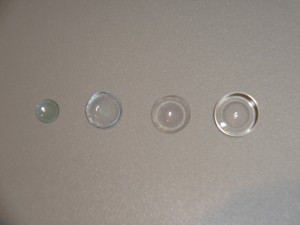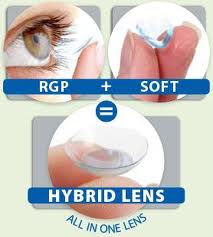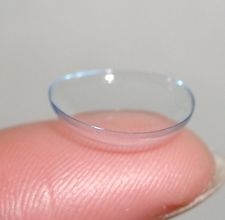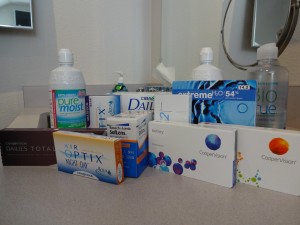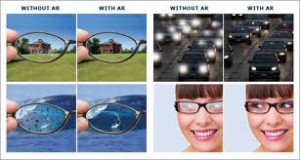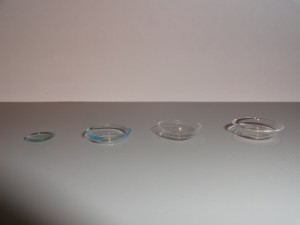The department of motor vehicles, the school nurse and the pediatrician use vision screening to identify vision problems. Screening usually involves standing a given distance from a lettered chart, covering one eye and reading down the chart to the smallest letter possible.
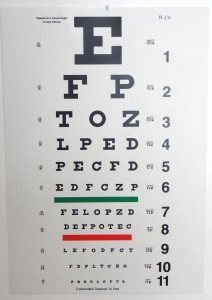
A vision screening is intended to help identify children with eye or vision problems that threaten sight or impair their ability to develop and learn normally. However, vision screenings are a limited process and cannot be used to diagnose an eye or vision problem, but rather to indicate a potential need for further evaluation.
Screenings are typically designed to detect problems with distance vision, and that is important for children socially and physically, but myopia represents the least risk for reading and learning. A myopic child is more likely to notice that the board is blurry and move to the front of the classroom. Hyperopia on the other hand, makes it more difficult to see things close up and astigmatism effects vision at all distances. Children with uncorrected hyperopia and astigmatism will have more difficulty reading and writing and may not even be aware that the difficulty is due to his or her vision. These are the children that may complain of headaches, avoid reading and school related tasks.
A vision screening test identifies some vision problems, but can miss disorders that have a profound effect on a child’s ability to succeed in school.
During a comprehensive eye examination an optometrist can identify, diagnose and prescribe treatment.
